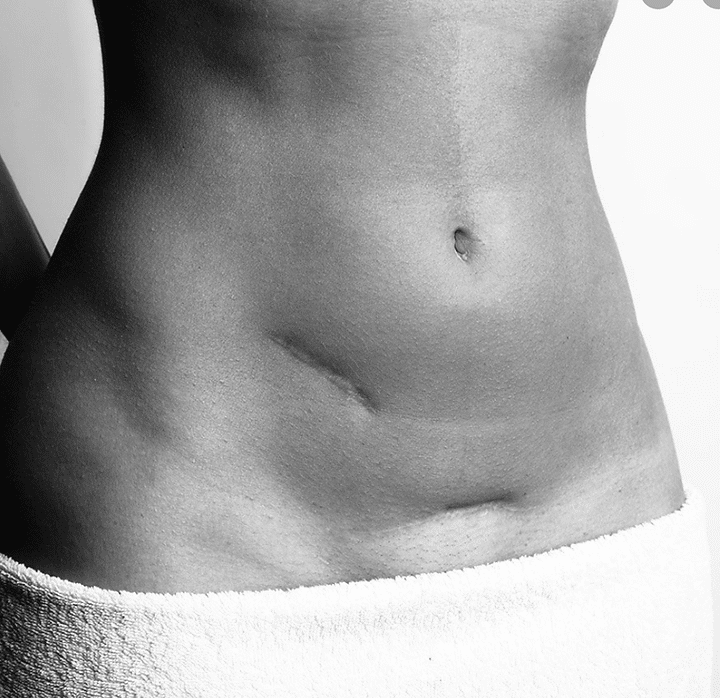
The skin has a very important roll in protecting the body and relaying information to the brain. The skin has many receptors that send a receive information about the environment around us and is connected to the nervous system. For example, touching a hot object will trigger reflexes to quickly move away from the object, as well it will also active the stress response in the brain. The skin helps the body understands temperature, pain, movement, and textures. The skin is also connected to the tissues underneath it – fat tissue, muscles, and other connective tissues.
A scar is the bodies natural way of healing skin after it has been injured. Scars often remain visible after the body recovers from cuts, burns, surgical incisions, and many other forms of trauma. There are many processes involved to the healing of an injury and depending on the depth of the injury the internal scar is often more severe than what is seen on the outside of the body. Even if the scar is can no longer be seen, the scar is still there. Scars are internal to the body as well as external.
Scarring is part of the natural heeling process it unfortunately also disrupts the bodies mobility and function. Our body is connected through fascia – tissue with differing degrees of flexibility depending on location and specific function in the body. Several different facial chains extend throughout the body which can be local to area or cover a large distance. For example – one line runs from the foot all the way up to the head. Scars disrupt the flow of this fascial tissue, which can constrict mobility.
Scars can:
- Restrict movement of a joint
- Restrict movement in area remote from initial site of injury due to facial chains
- Pinch and irritate a nerve – resulting in pain and decrease in muscle activity
- Create posture problems
- Can affect digestion and fertility if in the abdominal area
- SWITCH off muscles surrounding the scar and along the fascial line
Different factors increase the negative effect a scar can have on the motility of tissue:
- Surgical scar reopened multiple times
- Wounds that took a while to heal or were delayed by drains or other tubes remaining in the body during recovery of surgical procedures
- Scars that over grew their boundaries or increased in height
- A scar that is horizontal or runs in a different plane of how the tissue stretches in that area
At Deep Physio we address the effects of scars and help limit these affects with various treatment techniques. Some of the techniques we use to address scars are:
- manual release – such as massage, friction massage and craniosacral techniques
- Acupuncture
- Tuning forks – Acutonics
- K- laser
It is very important to treat the scar early to stop the fascial restriction as well as switching on the the muscles surrounding the scar to ensure proper biomechanics and function decreasing the chance of future injuries or issues.
References:
Bordoni, B., & Zanier, E. (2014). Skin, fascias, and scars: symptoms and systemic connections. Journal of Multidisciplinary Healthcare, 7, 11–24. http://doi.org/10.2147/JMDH.S52870




